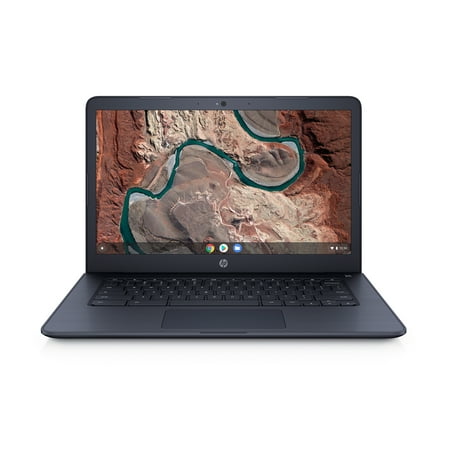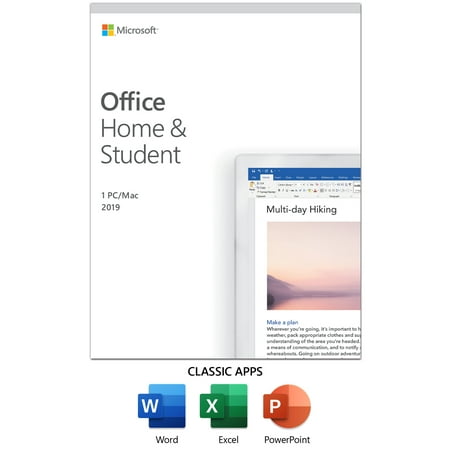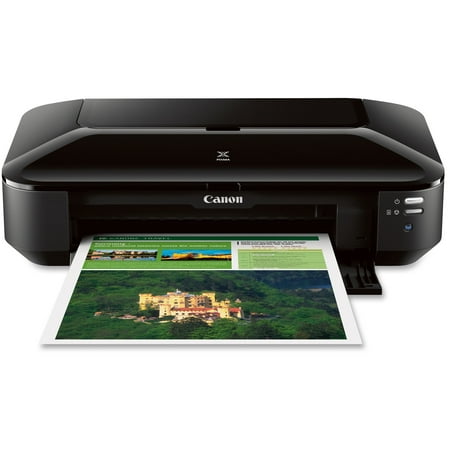Lenovo ChromeBook C340 11.6 Chrome Touch Laptop, Intel Celeron N4000 Dual-Core Processor, 4GB Memory, 32GB eMMC Solid State Drive, Chrome OS – Paltinum Grey – 81TA0010US
Lenovo C340 11 Convertible 2 in 1 Chromebook: Handle normal work tasks with this compact Lenovo Chromebook. The 11.6 inch IPS HD display gives accurate color replica, and the constructed in microphone and 720p webcam allow clear video conferencing. Preloaded with Chrome OS, this platinum gray Lenovo Chromebook has 4GB of RAM for clean multitasking, and the 32GB of eMMC memory loads and saves facts speedy.

















Operating System: Chrome OSProcessor: Intel Celeron N4000 Dual-Core ProcessorDisplay: 11.6″ HD IPS LED Backlit DisplayMemory: 4GB OnBoard LPDDR4 2400 MHz RAMInternal Storage: 32GB eMMC Solid State DriveGraphics: Integrated Intel UHD Graphics 600Optical Drive: NoneAudio: 2 x 2W SpeakersBattery Life: Up to ten HoursWireless: 2 x 2 802.11AC Wi-Fi and Bluetooth 5.0 ComboWebcam: Front-Facing 720P HD Webcam with Integrated MicrophoneProduct Weight: 2.sixty two lbsColor: Platinum GreyMFG Year: 2019





Reviews
There are no reviews yet.